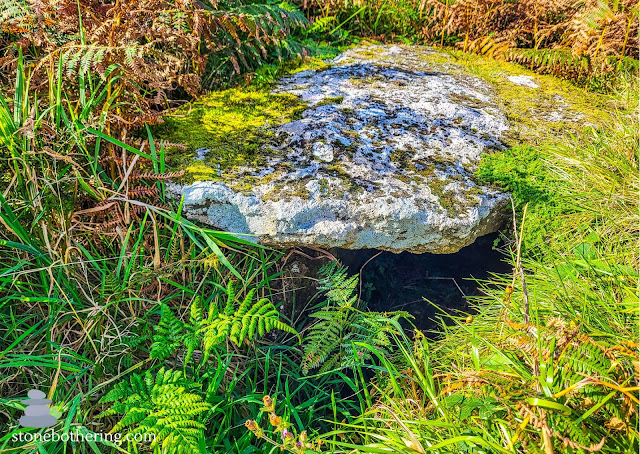The St Breock Downs Monolith: A Giant of Cornwall
.jpg)
Standing proud on the windswept moors of Cornwall, England, the St Breock Downs Monolith is a stark and imposing figure. This prehistoric standing stone, known locally as Men Gurta or the "Man of Cornwall," is the largest and heaviest in Cornwall, weighing an estimated 16.75 tons and towering over 5 meters tall. The monolith's origins remain shrouded in mystery, but it is believed to date back to the late Neolithic or early Bronze Age, around 2500-1500 BC. Its purpose is unclear, though archaeologists speculate it could have served as a territorial marker, a ritual site, or even a burial monument. The monolith stands on a low stone mound or cairn, adding to its enigmatic presence. The surrounding landscape, with its rolling hills and dramatic coastline, further enhances the sense of awe and wonder that this ancient monument evokes. Visiting the St Breock Downs Monolith is a truly unique experience. The journey to the site itself is an adventure, with winding lanes l...
.jpg)

.jpg)
.jpg)
.jpg)
.jpg)